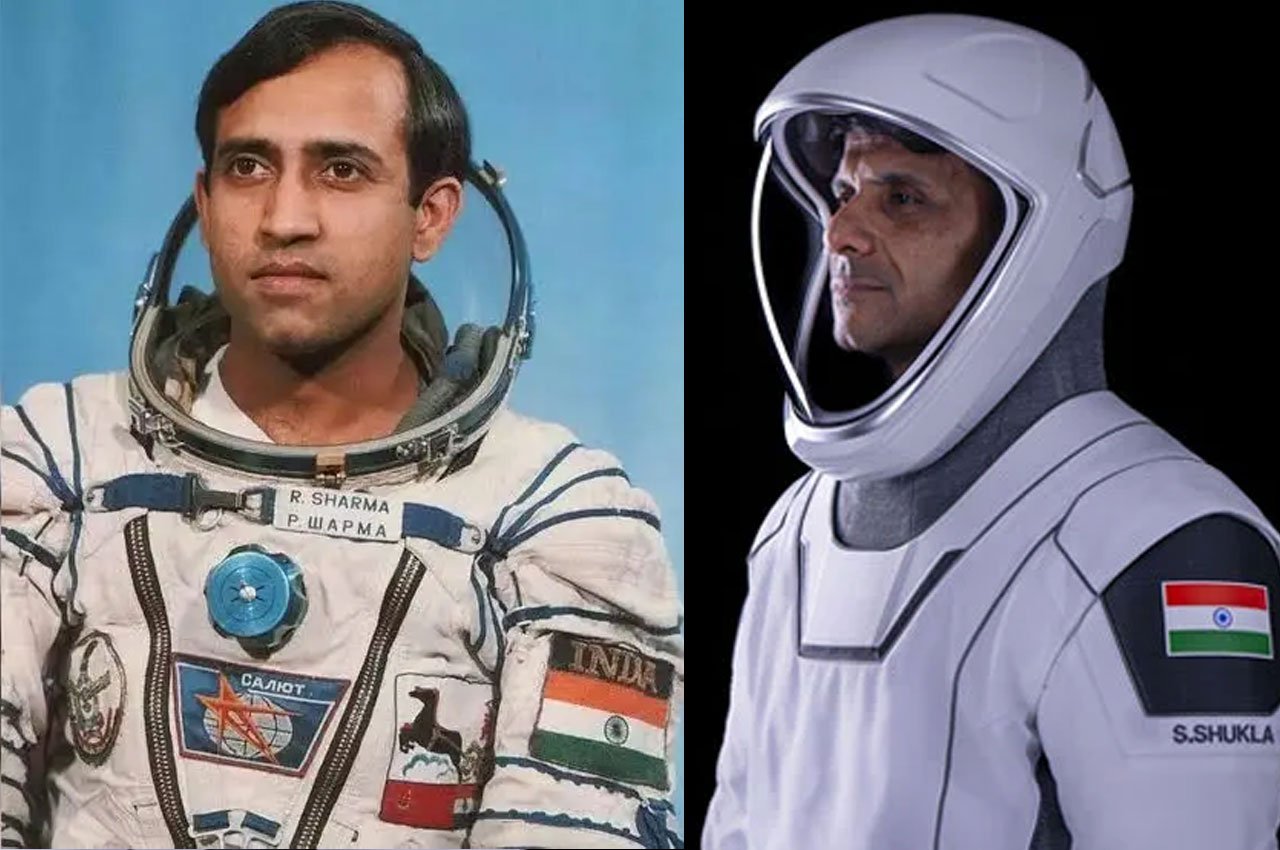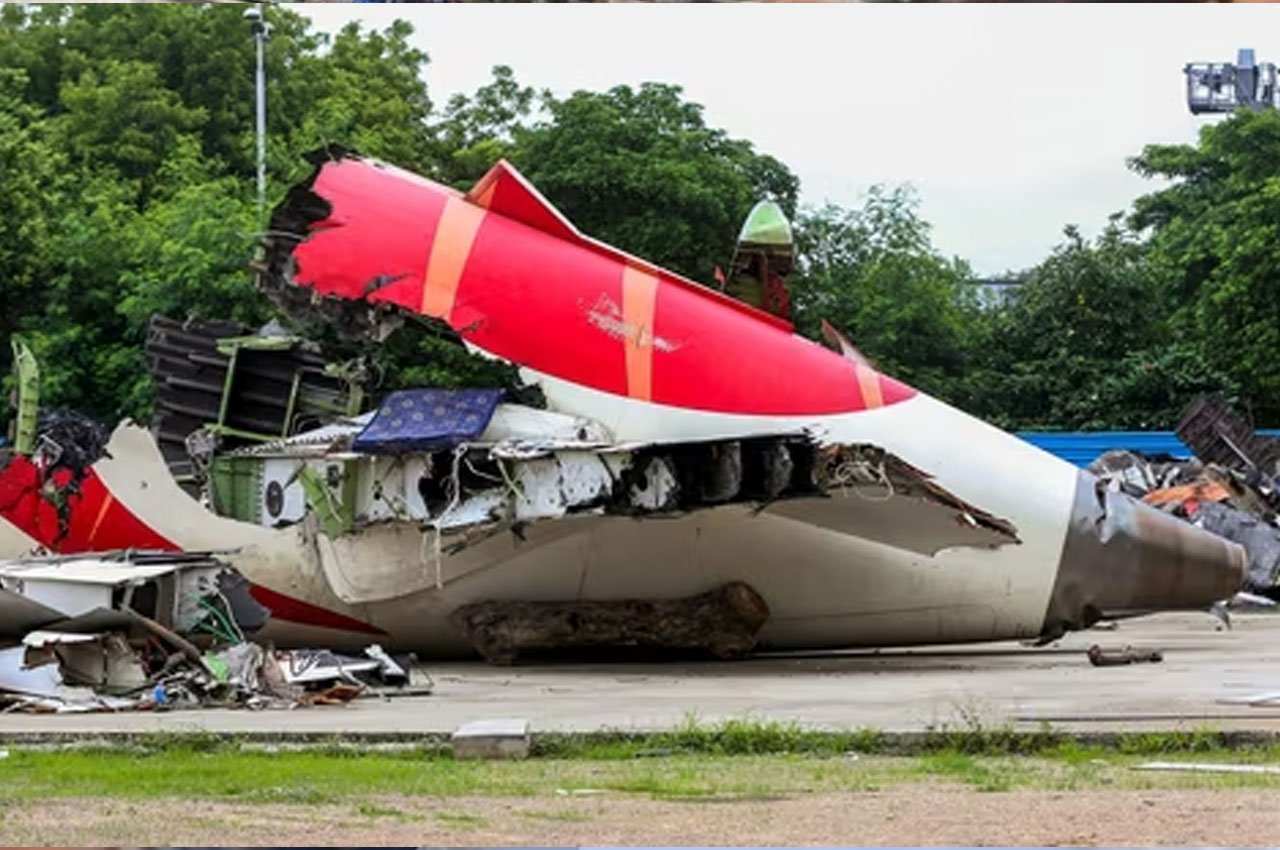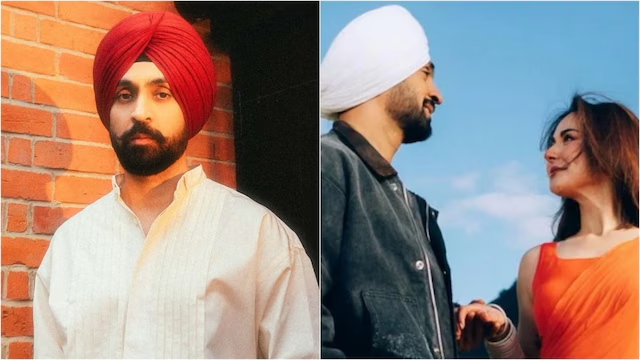Rakesh Sharma (left) and Shubhanshu Shukla (right)
Forty-one years ago, a young Indian Air Force pilot named Rakesh Sharma answered a question from then Prime Minister Indira Gandhi with poetic precision: “How does India look from space?” His response – “Saare Jahan Se Achha”—became etched in the national psyche, an immortal line that transcended the moment and became aspiration.
This week, Group Captain Shubhanshu Shukla silently added the next verse to that cosmic poem.
As he lifted off aboard the Axiom-4 mission to the International Space Station, Shukla did more than become the second Indian in space—he reignited a dormant imagination and thrust India’s human space ambitions into a new orbit. This wasn’t just a journey to low Earth orbit; it was a journey back to relevance.
In the four decades since Sharma’s voyage, India has emerged as a global player in space technology -cost-effective Mars missions, lunar soft-landing, indigenous navigation systems, and commercial satellite launches have all shaped ISRO’s reputation. But the one element missing from our otherwise robust space portfolio was sustained human presence. Shukla’s mission, facilitated through a partnership with Axiom Space and SpaceX, plugs that gap with precision and purpose.
And yet, unlike Sharma – who flew as part of a Soviet programme – Shukla boards as a professional peer, not a symbolic passenger. This distinction matters. Because it reflects not only a geopolitical shift but also a generational one. Sharma was our window into space; Shukla, potentially, is the door.
At a time when India is preparing to launch Gaganyaan, its first crewed space mission, Shukla’s two-week stint aboard the ISS will act as both dry run and data point. His experience will not just inform astronaut training modules but help fine-tune life-support systems, experiment design, mission protocols, and, most crucially, our psychological readiness as a spacefaring nation.
There’s a larger symbolism at play too. India is no longer content playing a supporting role in space diplomacy. Shukla’s participation in Axiom-4, a privately coordinated international mission – signals India’s shift from being invited to space, to buying its own ticket, and eventually, piloting the vehicle. This is not postcolonial pride; this is postcolonial confidence.
Some might ask: in a country battling poverty, inflation, and unemployment, what does human spaceflight truly offer? The answer lies in what such missions provoke – not in economic output (which will come), but in intellectual and aspirational capital. Every child who watched that launch in a Guwahati or Bhopal planetarium, eyes wide and heart racing, now knows that an Indian name on a space crew manifest is not an exception, but a possibility.
In that sense, this mission isn’t about breaking barriers; it’s about normalising excellence.
Shubhanshu Shukla represents the next iteration of Indian astronauts – not one-off heroes, but trained professionals integrated into global programmes. His flight builds a bridge between ISRO’s cautious past and its ambitious future, where Indian astronauts will not just orbit Earth but work on lunar outposts, planetary missions, and even commercial platforms.
Let Shukla not be another 40-year pause. Let his mission ignite not just headlines but investment; in space medicine, orbital robotics, private launch services, astronautics education, and international cooperation. Let this moment be leveraged, not romanticised.
Because Shukla, like Sharma before him, now carries more than the flag. He carries the weight of possibility. And, for a billion people looking skyward, that’s a launch sequence in itself.
For more opinions click here
Follow us for latest updates:




